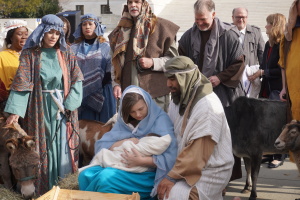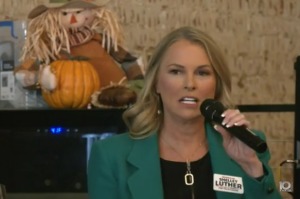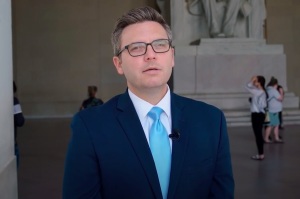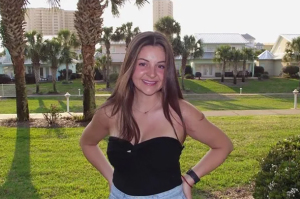Poll: 4 of 10 U.K. Teens Claim to be Faithless
LONDON – A recent poll conducted by one of the largest and best known multi-specialist research companies in Britain found that a worrying 43 percent of U.K. teenagers say they have no religion or faith.
The Ipsos MORI poll, commissioned by the British Library, the national library of the United Kingdom, found that non-belief was widespread among teenagers, although trends varied across age groups.
Across all age categories, the findings revealed that 21 percent of all those polled said they had no religion or faith.
The poll revealed a direct correlation between age and levels of faith, with an increase in age corresponding to an increase in the number professing faith. Out of those in their 20s who were polled, just 20 percent answered that they had no faith. In the 65 and above age category, just 8 percent responded that they had no religion or faith.
"Does this mean people tend to find faith or become more religious as they get older — or, alternatively, does it mean that the younger generation are increasingly less likely to follow a religion or have any belief?" posed a British Library spokesperson in response to the results.
Of all those polled, Christianity was the most followed religion, with 64 percent of people saying they follow Jesus Christ. Islam, although the second-most followed, only claimed 4 percent of respondents.
However, in comparison, Muslims were much more likely to be active in their faith. A massive 92 percent of Muslims said that they tried to practice their religion either "a great deal" or "a fair amount" in their day-to-day lives, in comparison to only 46 percent of Christians who responded in the same way.
In addition, 95 percent of Muslims said that their religion was "relevant to their life," whereas just 54 percent of Christians thought so.
Interestingly, of those who said they had no faith or religion, 32 percent said they used to be Christian, and 58 percent said they had never followed any religion.
The Ipsos MORI poll results were compiled from a sample of 2,030 adults between August 10 and 16.




























